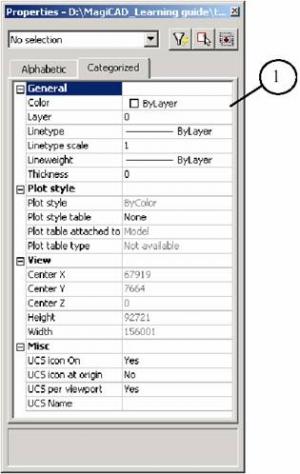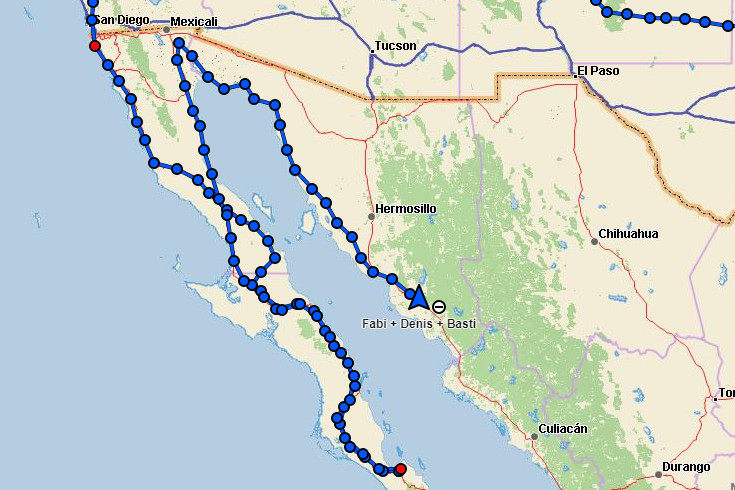

This query is borne out of trying to avoid calculating the distance from the spill to the stream/river reach using simple straight line geometry in a GIS tool, such as the proximity toolset in ArcMap.ĭoes anyone have any experience with this?ĮDIT: Based on the responses so far, it seems that using a routing algorithm that allows for dispersion, and then calculating the shortest path out of the possible paths predicted by the algorithm, might be the solution I want. In either of these cases, however, once one has a DEM that he/she feels represents the terrain well enough for an analysis, which algorithm should they choose? For instance, a 30m digital elevation model (DEM) cold prove useful in a forested or agricultural area, but a 1m or sub-1m DEM might be necessary for sorting out the true flow path (and therefore the true shortest path) in a highly urbanized area. There are different assumptions or starting datasets that could change the answer.

The end application would be in determining the overland flow path from a spill site to a stream/river reach that provides the earliest possible time for entry of the spill into the stream/river. It minimizes dispersion (which would most likely slow the spill down) and maximizes velocity (ignoring surface friction due to different landcover types - if this can be ignored) by choosing the steepest path. My best educated guess would be that the D8 would provide the quickest path for a spill traveling from land to the stream. What would be the best flow routing algorithm for determining the quickest (and by this I suppose I mean shortest) path that a spill would take when traveling to a stream?


 0 kommentar(er)
0 kommentar(er)
